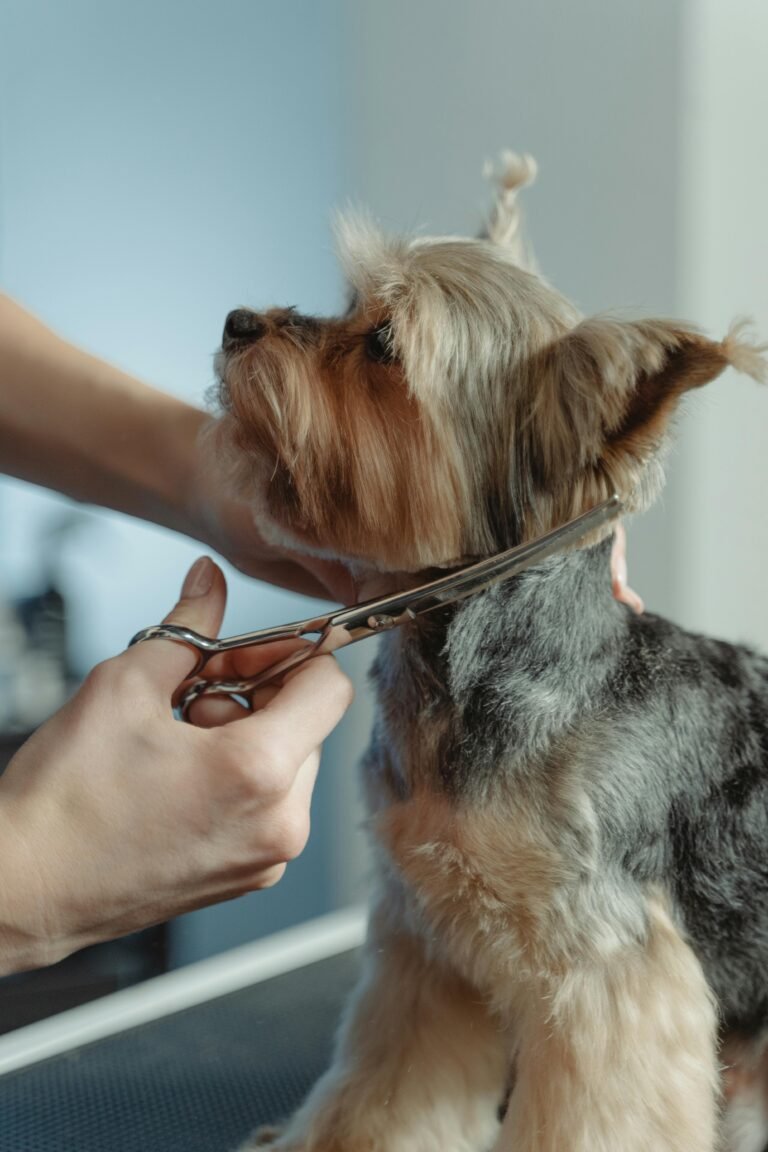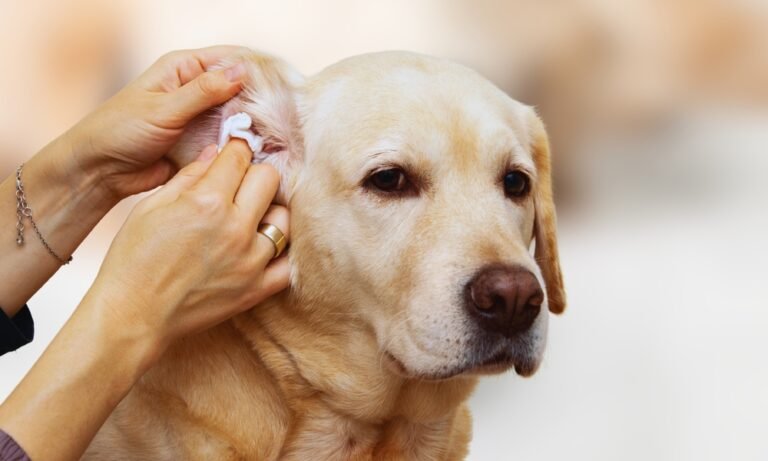Introduction
Water is just as essential to your dog’s health as it is to yours. It keeps organs functioning, regulates body temperature, and supports digestion and joint lubrication. Yet, dehydration is one of the most common—and easily preventable—health issues for dogs. Chronic lack of water can even lead to kidney disease or urinary tract problems over time. In this article, we’ll explore how to keep your dog properly hydrated, recognize early warning signs of dehydration, and support long-term kidney health through nutrition and care.
Why Hydration Matters for Dogs
Every cell in your dog’s body depends on water. It helps transport nutrients, flush out waste, and maintain body temperature. Dogs lose water throughout the day through panting, urination, drooling, and even paw pads. Without adequate intake, dehydration can set in quickly—especially during hot weather, long walks, or illness.
- Regulates body temperature: Dogs can’t sweat like humans, so they rely on panting and hydration to stay cool.
- Supports organ health: Proper hydration keeps kidneys filtering efficiently and helps prevent urinary crystals.
- Lubricates joints: Water aids mobility, especially for older dogs with arthritis.
- Improves digestion: Adequate fluids help process food and avoid constipation.
How Much Water Does Your Dog Need?
As a rule of thumb, dogs need about one ounce of water per pound of body weight per day. That means:
- 10-lb dog → ~10 oz (about 1¼ cups) of water daily
- 30-lb dog → ~30 oz (about 3¾ cups)
- 60-lb dog → ~60 oz (about 7½ cups)
However, activity level, temperature, humidity, and diet can all affect this number. Dogs eating dry kibble need more water than those on wet food, which contains about 70% moisture.
Factors That Increase Water Needs
- Exercise: Long walks, hikes, or play sessions cause fluid loss through panting.
- Hot weather: Warm climates or summer outings require frequent hydration breaks.
- Puppies and seniors: Young and elderly dogs dehydrate faster than adults.
- Health conditions: Diabetes, kidney disease, and fever increase thirst and fluid needs.
- Diet: High-sodium treats or dry kibble require extra water intake.
Signs of Dehydration in Dogs
Dehydration can develop quickly, especially after heat exposure or illness. Recognize these early warning signs:
- Dry nose or sticky gums
- Sunken eyes
- Loss of skin elasticity (skin “tenting” test)
- Lethargy or weakness
- Panting more than usual
- Dark yellow or strong-smelling urine
To check hydration, gently pinch the loose skin on your dog’s shoulder blades—if it doesn’t return to normal within a second or two, your dog may be dehydrated. Always contact a vet if dehydration is severe or persistent.
Encouraging Your Dog to Drink More Water
Some dogs simply don’t drink enough water on their own. Try these strategies to boost hydration:
- Fresh water daily: Change the bowl at least once a day—dogs dislike stale water.
- Multiple water stations: Place bowls in several rooms, especially for senior dogs.
- Add flavor: Mix a splash of low-sodium chicken broth or tuna juice for picky drinkers.
- Try a pet fountain: Many dogs prefer running water—it feels fresher and cooler.
- Incorporate moisture-rich foods: Add wet food or water-soaked kibble for extra hydration.
- Offer ice cubes: Fun and hydrating, especially in warm weather.
Hydration Tips for Active or Traveling Dogs
If you’re hiking, road-tripping, or spending a day outdoors, hydration becomes even more critical. Follow these travel-friendly tips:
- Carry a collapsible travel bowl and water bottle for your dog.
- Offer small, frequent drinks instead of large gulps to prevent stomach upset.
- Plan breaks every hour during long drives or hikes.
- Use cooling vests or shade tents to reduce overheating.
- Never rely on rivers, lakes, or puddles—these can contain harmful bacteria or parasites.
Connection Between Hydration and Kidney Health
Your dog’s kidneys are the body’s natural filtration system. They remove toxins, balance electrolytes, and regulate water levels. When hydration is low, the kidneys must work harder, which can lead to urinary tract infections (UTIs), kidney stones, or chronic kidney disease (CKD).
- Well-hydrated dogs: Have lighter urine and more efficient toxin removal.
- Dehydrated dogs: Have concentrated urine, which can irritate the bladder and kidneys.
Supporting hydration helps the kidneys flush waste efficiently, preventing long-term damage.
Nutrition Tips for Kidney and Hydration Support
- Include moisture-rich foods: Wet food, bone broth, or fresh vegetables like cucumber and zucchini.
- Omega-3 fatty acids: Found in fish oil, these support kidney and heart health.
- Limit sodium: Too much salt can cause dehydration and stress the kidneys.
- Monitor protein: High-quality protein is vital, but excessive levels can strain compromised kidneys.
- Offer electrolytes: For active dogs, pet-safe hydration mixes can replace lost minerals (avoid human sports drinks).
Preventing Kidney Problems Long-Term
Kidney issues often develop silently. Regular checkups and mindful care can catch problems early:
- Schedule annual vet visits and bloodwork for dogs over 7 years old.
- Watch for increased thirst or urination — early signs of kidney stress.
- Maintain healthy weight and balanced nutrition.
- Keep water available 24/7, especially overnight.
- Address urinary tract infections promptly before they spread.
When to See a Vet
If your dog is drinking excessively, urinating more frequently, or seems lethargic despite good hydration, consult your vet. These could signal underlying conditions such as diabetes, kidney disease, or hormonal imbalances. Early diagnosis is key to managing hydration and preserving kidney function.
Conclusion
Water is one of the simplest and most powerful tools for keeping your dog healthy. By monitoring hydration, offering fresh water daily, and supporting kidney health through balanced nutrition, you’ll help your pup thrive for years to come. A well-hydrated dog is a happy dog—energetic, alert, and always ready for the next adventure.




